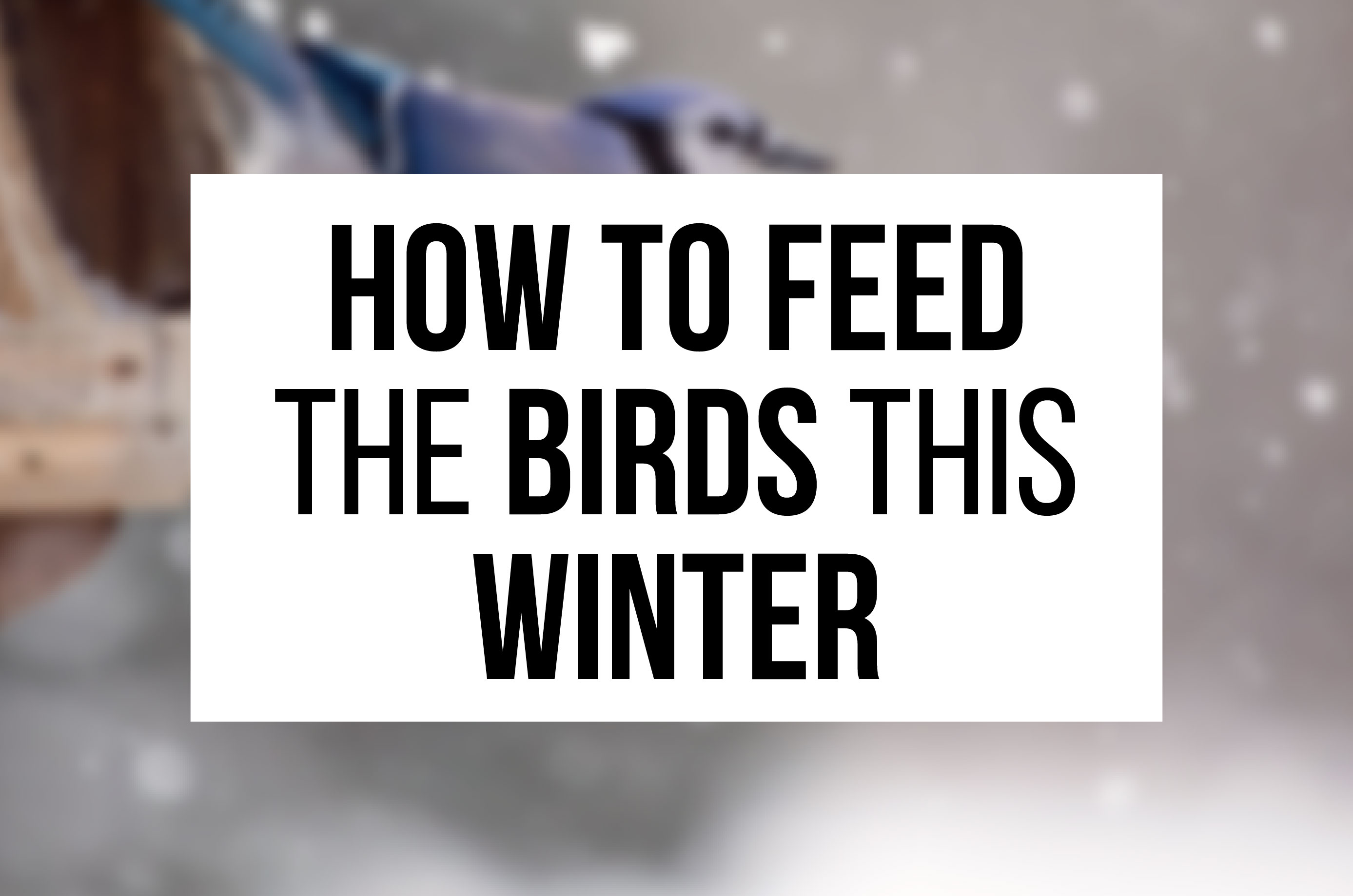Feeding Birds in Winter
Introduction
The colder months can be a challenging time for our feathered friends as natural food sources become scarce. Providing nourishment and a safe haven for birds during winter not only helps them survive but also brings joy to any backyard. Keep reading to explore how to feed birds during winter and the essential products available at Strange’s!
Selecting the Right Feeder
While there are different types of feeders designed for various bird species, not all feeders are made the same! By selecting a proper feeder for your yard and the avian visitors who frequent it, you can easily attract and nourish our feathered friends all winter long (and beyond!). Here is a great article to reference when identifying your backyard birds.
Tube feeders (below, from left) are designed to attract smaller birds like chickadees, tufted titmice, white-breasted nuthatches, American goldfinches, and house finches. Tube feeders are best for black oil sunflowers, mixed seed mixes, safflower seeds, or peanuts.
Another type is the hopper feeder (below), which is best for safflower and sunflower seeds or cracked corn. This feeder will attract similar species as the tube feeder in addition to larger birds like northern cardinals, blue jays, common grackles, and red-winged blackbirds.

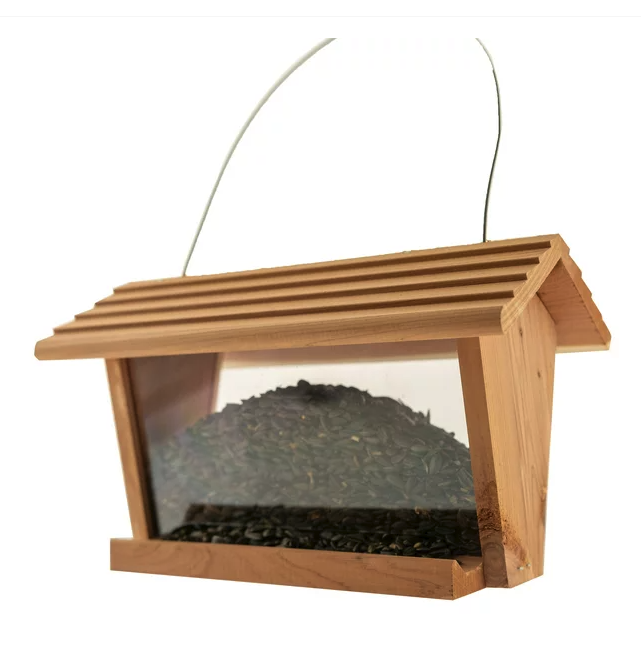
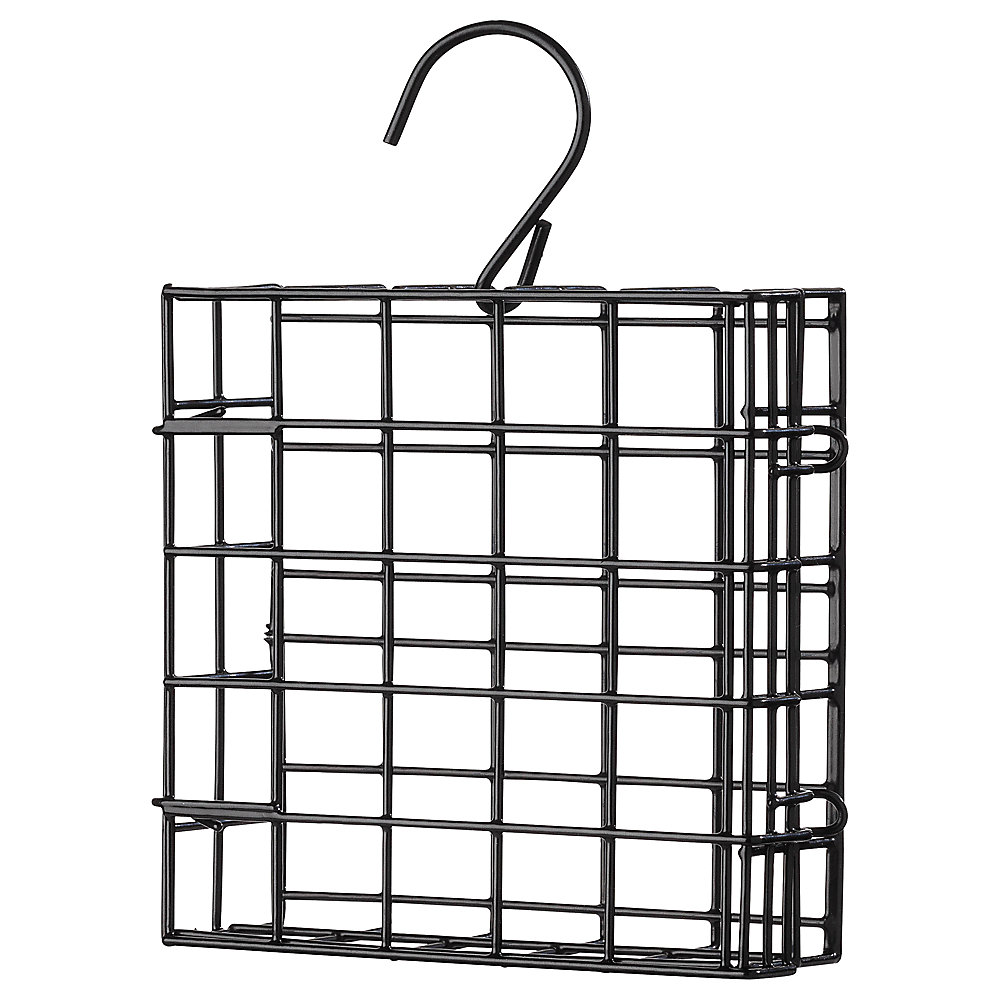
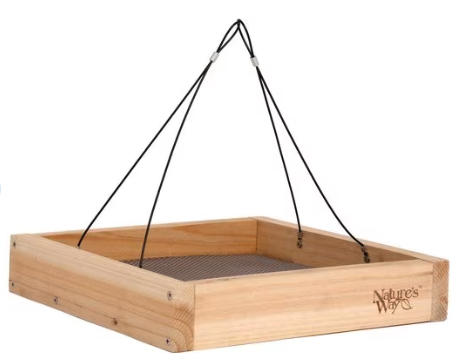
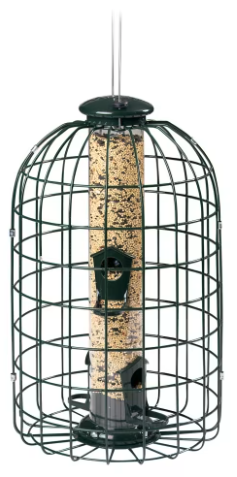
Suet feeders (above) are another type of bird feeder that is used with high-calorie suet cakes. These specially designed cakes come in a variety of options and are loved by woodpeckers and other insect-eating birds. Suet feeders also attract tufted titmice, white-breasted nuthatches, and chickadees as well as the occasional Carolina wren and yellow-rumped warbler.
Another type of bird feeder is the platform feeder (above), which is used to attract species that like to feed on the ground. This includes species like dark-eyed juncos, cardinals, mourning doves, blue jays, and sparrows. However, this type of feeder is a less popular option due to how easily squirrels or other pests are able to steal food from the feeder. Therefore, if you want to use a platform feeder, consider purchasing one with an ample roof to keep out rain and snow.
Choosing Your Seed Mix
While the type of feeder you select is important, choosing the right type of bird food is essential to successfully attracting and nourishing winter birds. Since different bird species have different dietary preferences, offering a variety of foods can attract a wider range of birds. Alternatively, you can select a mix with universal bird food favorites, such as black-oil sunflower seeds which are beloved by many feeder birds. However, if you want to attract specific species of birds to your feeder, purchase mixes specifically geared towards your desired visitors. Below are our top recommendations, all available for purchase in-store at Strange’s now!
Designed For Most Species:
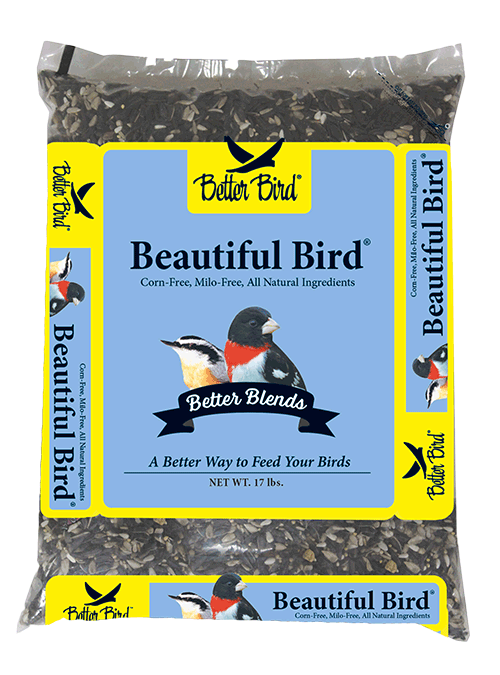
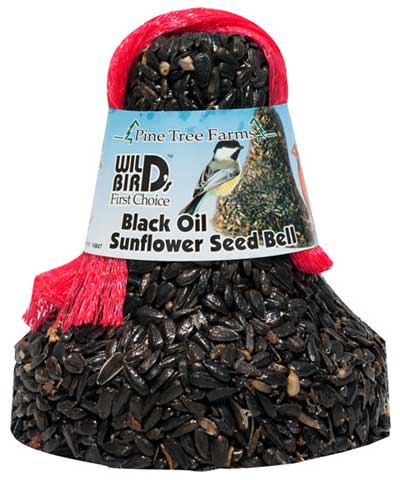
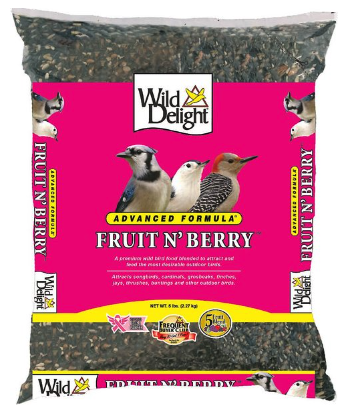
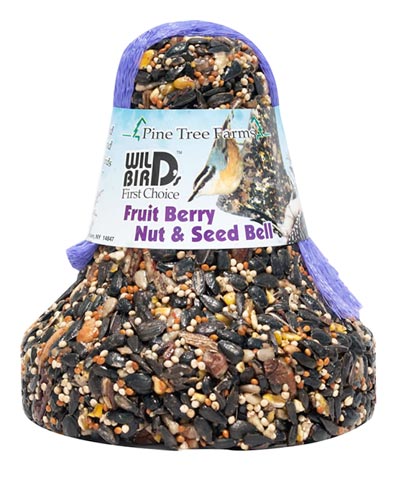
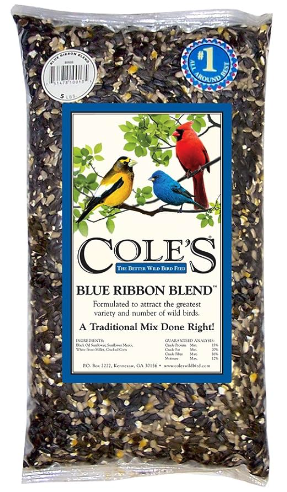
Mixes For Songbird Species:
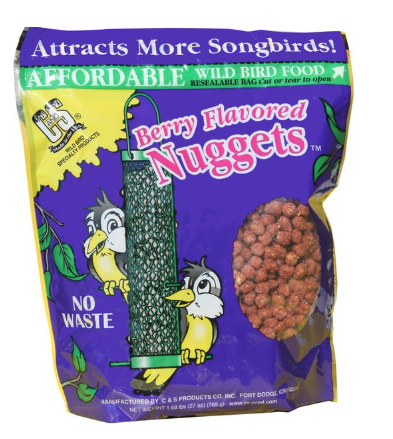
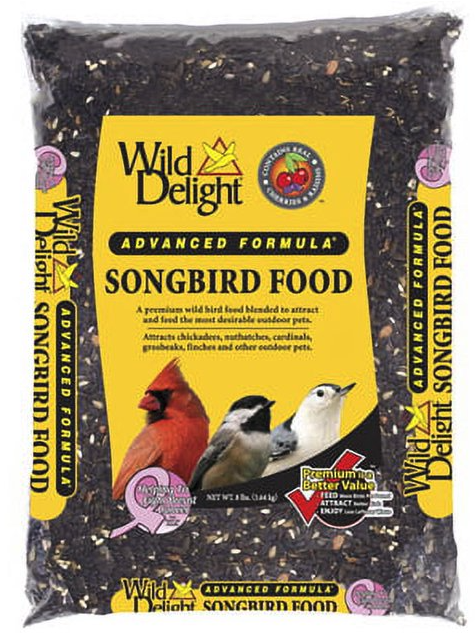
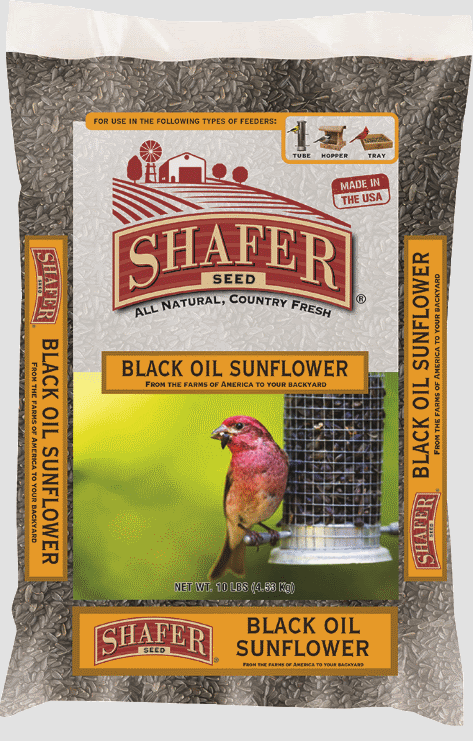
Designed for Suet/Insect-Loving Species:
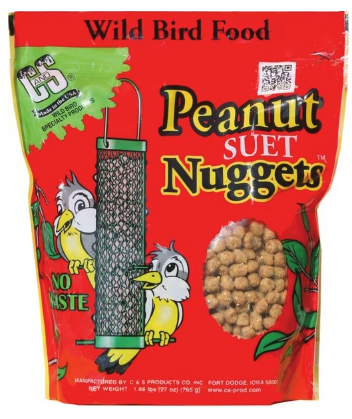
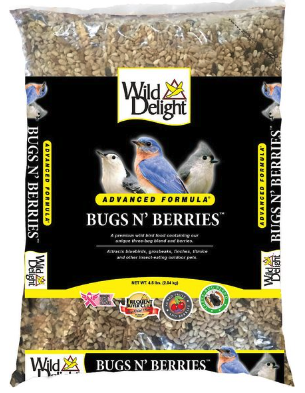
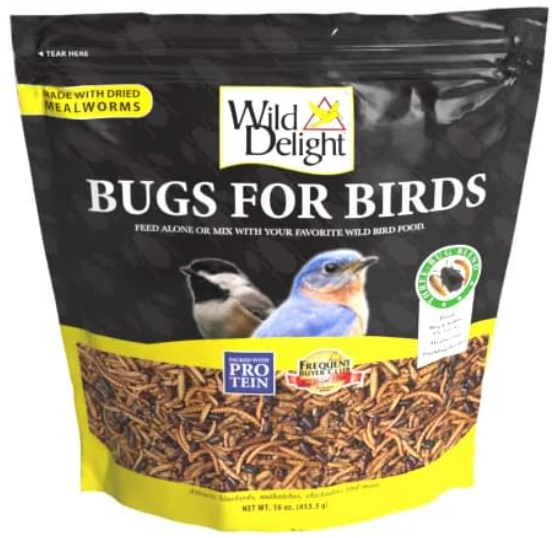
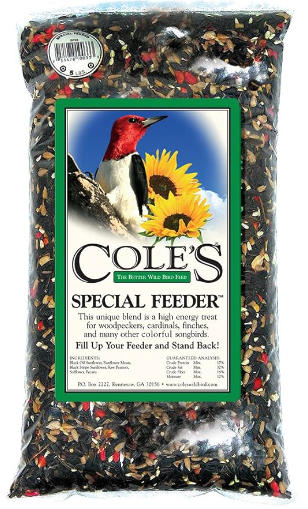
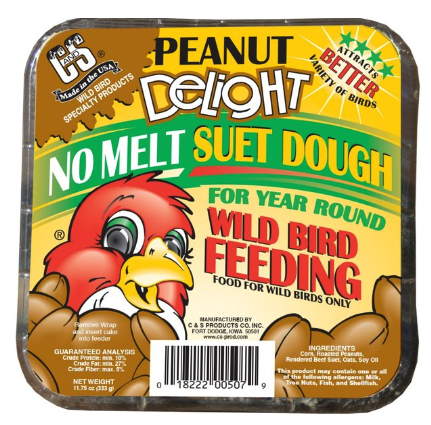
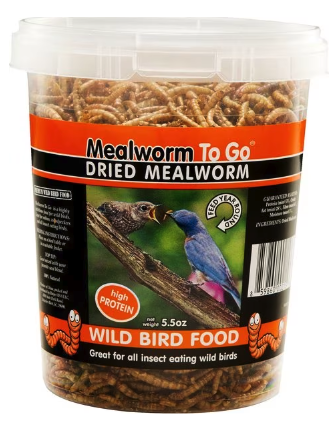
Mixes for Specific Species:
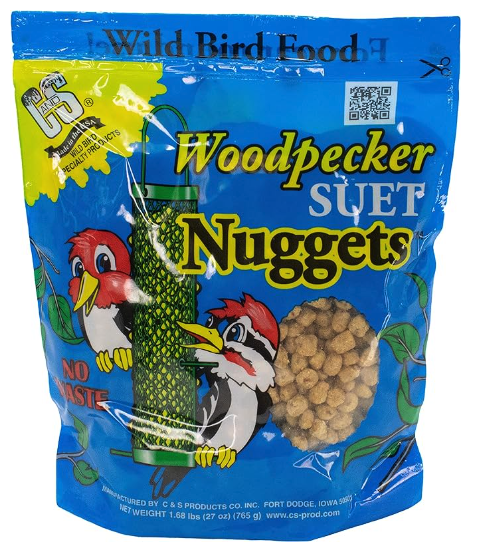
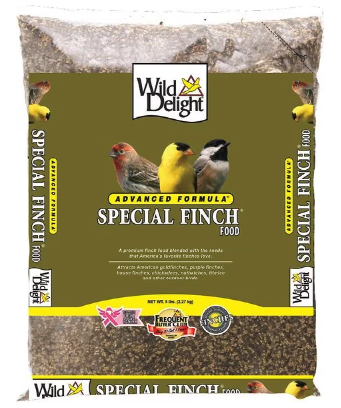
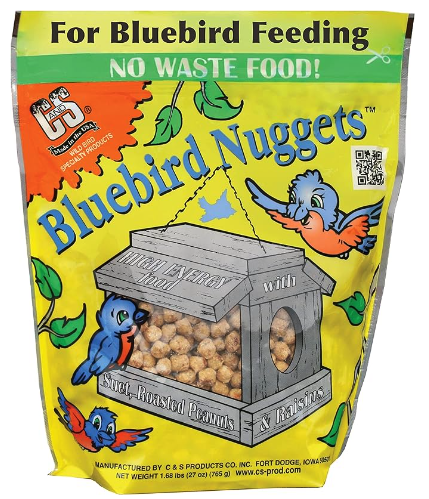

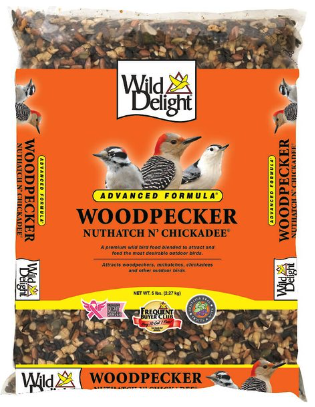
We have sticks selected for finches, woodpeckers, cardinals, and chickadees, as well as songbird and backyard bird blends.
Designed to Eliminate Mess:
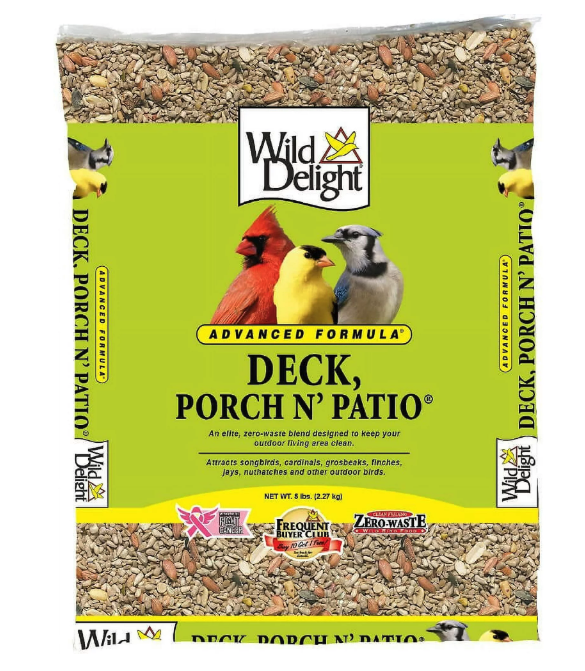
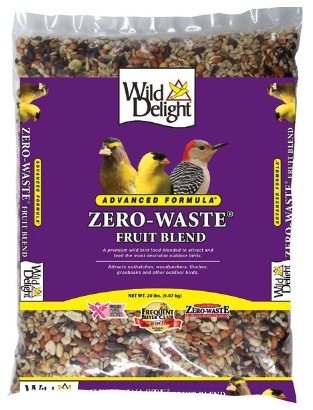
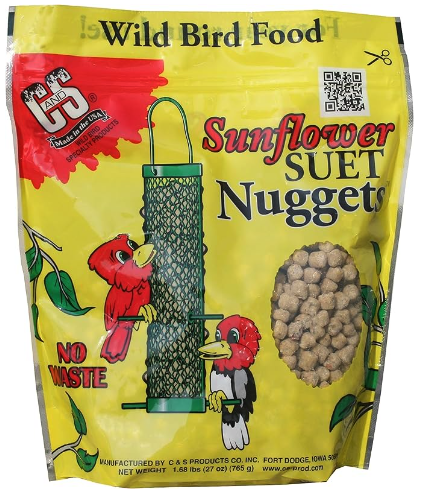
Mixes Designed to Keep Away Pests (and Attract More Birds!):
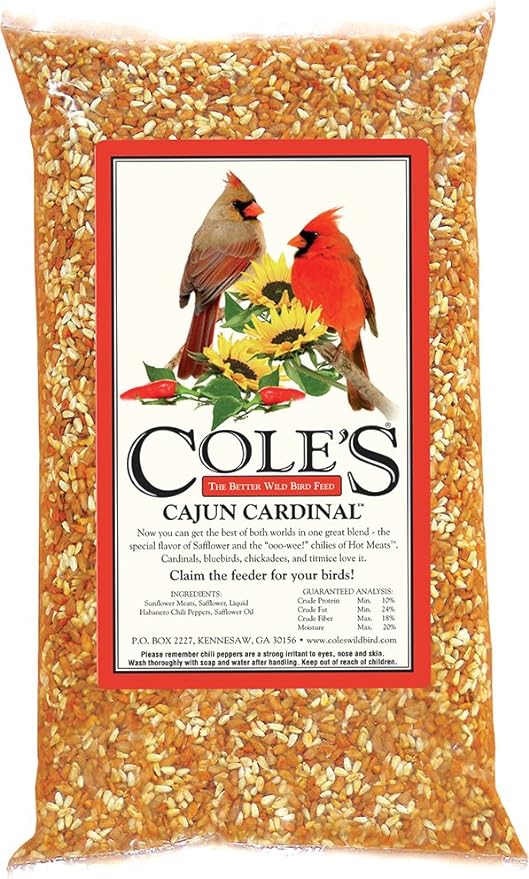
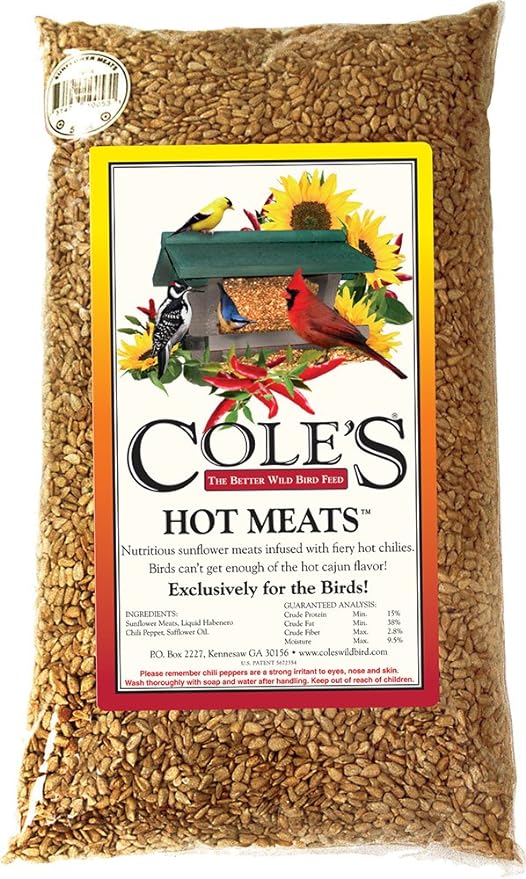
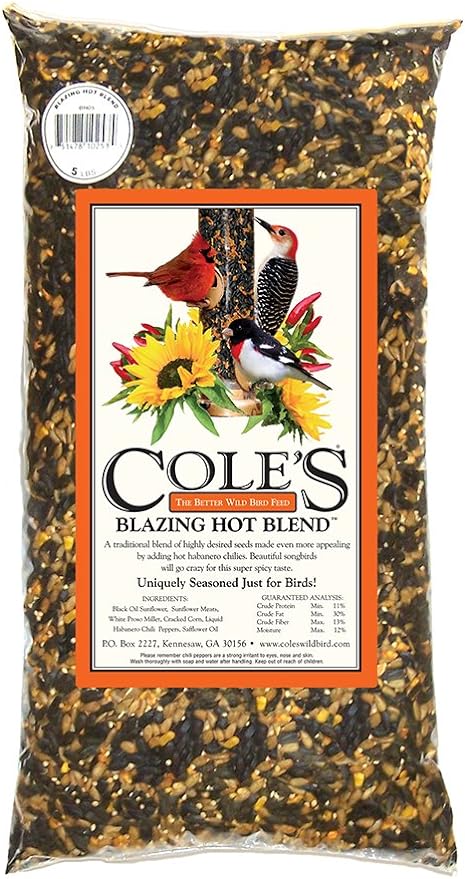
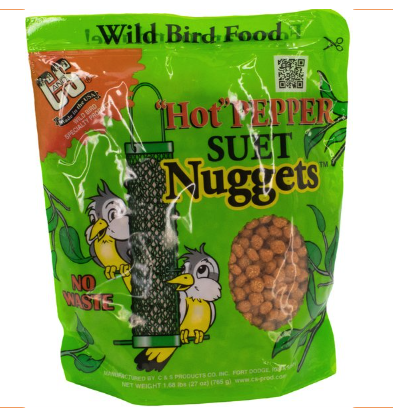
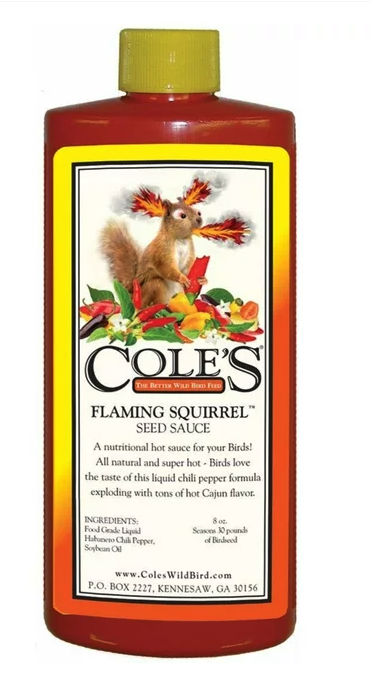
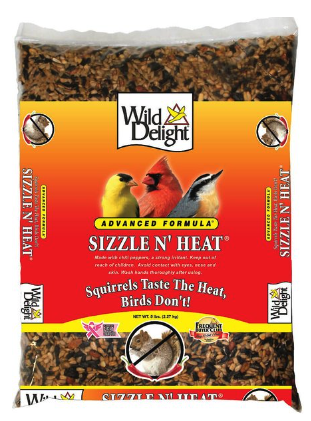
Placing your Feeder
![]() Once you have selected your feeder and bird seed, select a location to place the feeder. This is crucial to how birds and other animals will receive your feeder. By placing them near natural covers, like trees or shrubs, you can provide safety for birds while allowing easy observation. We also recommended positioning feeders at different heights to accommodate different species. By strategically placing your feeders, you create an inviting feeding station that will attract a diverse array of winter birds. Additionally, setting up the feeders now will allow birds time to locate their positions before harsh weather arrives.
Once you have selected your feeder and bird seed, select a location to place the feeder. This is crucial to how birds and other animals will receive your feeder. By placing them near natural covers, like trees or shrubs, you can provide safety for birds while allowing easy observation. We also recommended positioning feeders at different heights to accommodate different species. By strategically placing your feeders, you create an inviting feeding station that will attract a diverse array of winter birds. Additionally, setting up the feeders now will allow birds time to locate their positions before harsh weather arrives.
Be sure to regularly check on and refill your bird feeders. This is crucial to ensuring a consistent food supply for your feathered friends. Another important thing to note is that you must clean your feeders every 2 weeks. Use a scrub brush and mild detergent to scrub away debris and dry well before refilling. For the best clean, try a specially designed brush like this one (right) by Droll Yankees. To clean bird baths, scrub with a solution that is 9 parts water and 1 part vinegar.
Beyond Bird Food: Other Notes
Shelter and Water
It is incredibly important to provide water to birds during the winter, especially when natural water sources have frozen. Place a sturdy birdbath in a sunny area to be visible to birds and hopefully prevent freezing. We offer heated birdbaths and de-icing rocks for when temps drop really low!
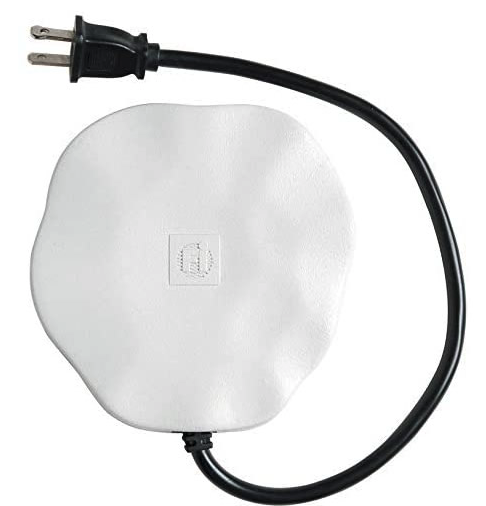
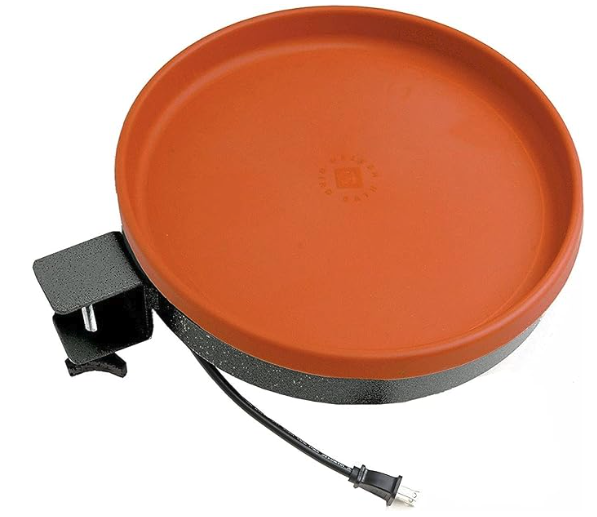
Apart from food and water, birds need shelter during harsh weather. Trees and shrubs offer natural cover and perching spots, and birdhouses or nest boxes add additional shelter. By creating a sanctuary of shelter, you can encourage birds to visit and stay in your backyard.
Conclusion
By choosing the right feeders and food, placing your feeder strategically, and offering shelter and water, you can help your feathered friends survive the harsh winter. Remember, every effort you put into feeding and caring for these beautiful creatures contributes to their well-being and brings a touch of natural wonder to your surroundings. By following these guidelines and utilizing our recommendations, you can transform your backyard into a haven that welcomes and sustains a diverse range of winter birds.
If you have any questions that weren’t answered or need more information, feel free to stop by and see us at either the Broad St. or Mechanicsville location. You can also give us a call or drop us an email at info@stranges.com. We’re here to help you grow better!
Connect with Strange’s:
Instagram: @StrangesRVA Facebook: @Strange’s Florist
Mechanicsville: 804-321-2200 West Broad: 804-360-2800




